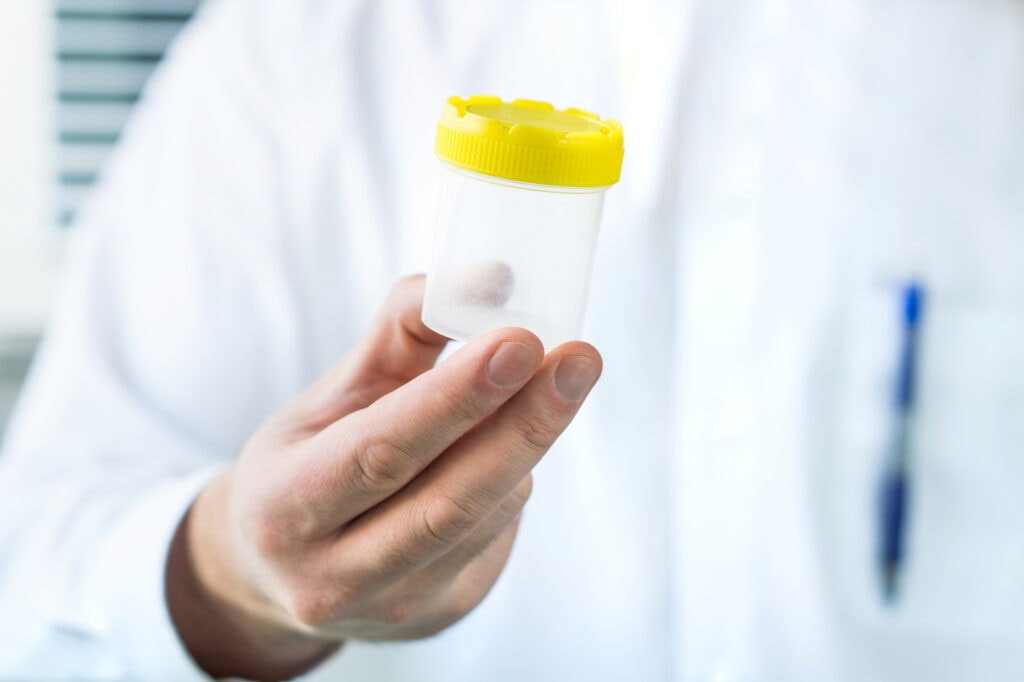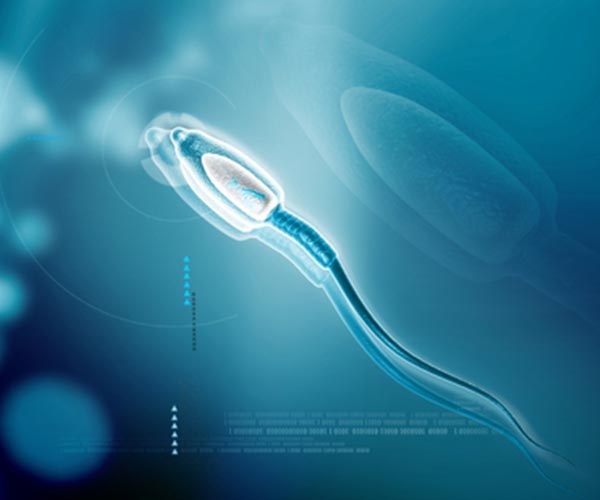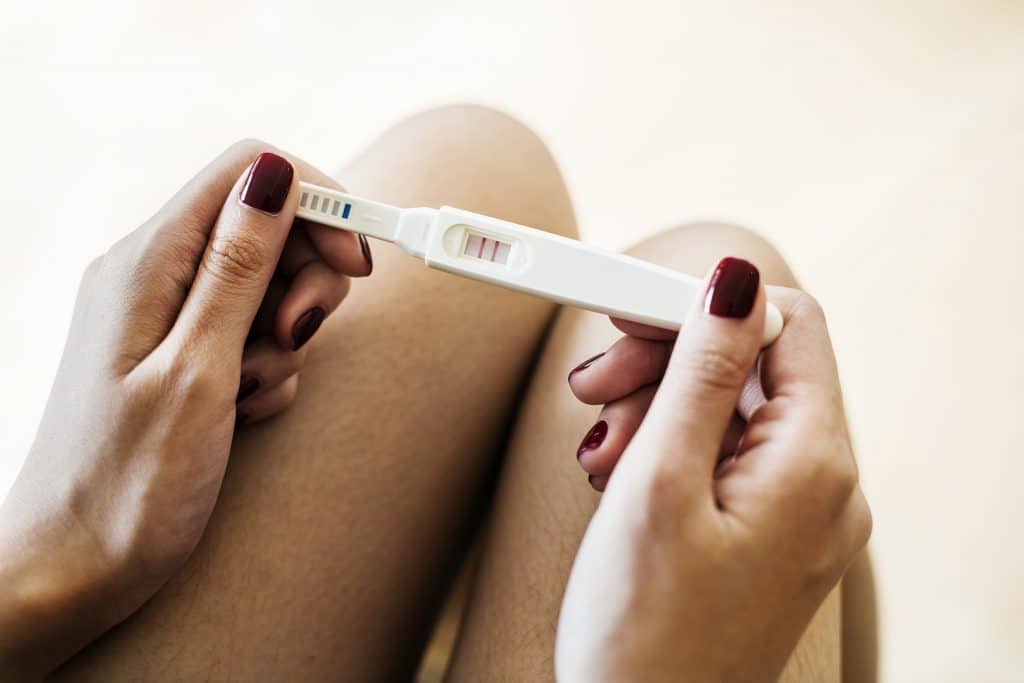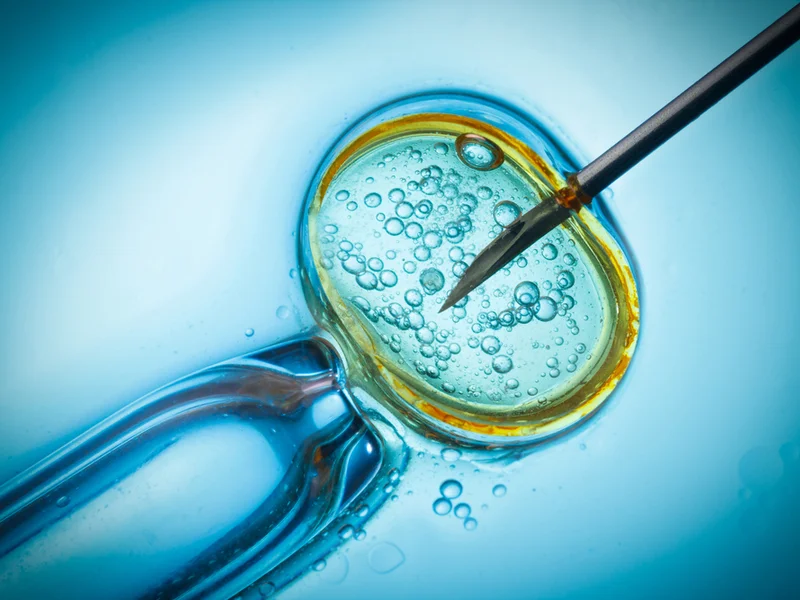Navigating the Sperm Donation Process: A Comprehensive Guide
Sperm donation is a selfless act that can help individuals and couples fulfill their dreams of starting a family. Whether due to infertility, same-sex partnerships, or genetic disorders, the process of sperm donation provides an opportunity for hopeful parents to conceive. In this blog post, we will provide a comprehensive guide to navigating the sperm donation process. From eligibility requirements to selection criteria and the legal aspects involved, let’s explore the journey of becoming a sperm donor and the steps recipients take to access donated sperm.
- Donor Screening and Eligibility (150 words): Sperm banks or fertility clinics follow strict guidelines to ensure the quality and safety of donated sperm. Prospective donors undergo a thorough screening process, including medical history assessments, genetic testing, physical examinations, and screening for infectious diseases. Additionally, psychological evaluations may be conducted to assess the donor’s mental well-being and understanding of the process. Eligibility criteria typically include age requirements (usually between 18 and 40), good overall health, absence of certain genetic conditions, and a commitment to the donation process.
- Sperm Collection and Storage: Once a donor is deemed eligible, they provide semen samples through masturbation. These samples are collected in sterile containers provided by the sperm bank or fertility clinic. The collected sperm is then carefully analyzed for various parameters, including sperm count, motility, and morphology. If the sample meets the required standards, it is processed and frozen for storage. Donors are typically required to provide multiple samples over a specified period to ensure an adequate supply.
- Sperm Donor Selection: Recipients seeking donated sperm have the opportunity to select a donor based on various criteria. Sperm banks and fertility clinics provide comprehensive profiles that include information such as the donor’s physical characteristics, education, hobbies, and medical history (while maintaining donor anonymity). Recipients can choose a donor who closely matches their desired traits and characteristics. Some facilities even offer additional features like audio or video interviews with donors to provide further insight into their personalities.
- Legal Considerations and Confidentiality: Sperm donation involves legal considerations to protect the rights and interests of all parties involved. In many jurisdictions, donors sign legal agreements relinquishing their parental rights and responsibilities. This ensures that the intended parents have sole custody and legal recognition of the child born from the donated sperm. Donors often remain anonymous, and their identities are kept confidential to maintain privacy and avoid potential legal obligations in the future.
- Assisted Reproductive Techniques (ARS): To maximize the chances of pregnancy, the donated sperm is typically used in assisted reproductive techniques such as intrauterine insemination (IUI) or in vitro fertilization (IVF). In IUI, the sperm is directly inserted into the recipient’s uterus during the ovulation period. IVF involves fertilizing eggs in a laboratory setting and transferring resulting embryos to the recipient’s uterus. The choice of the technique depends on various factors, including the recipient’s fertility status and medical advice.
In conclusion, sperm donation provides a pathway to parenthood for individuals and couples facing fertility challenges or desiring alternative family-building options. The process involves thorough donor screening, sperm collection, selection, legal considerations, and assisted reproductive techniques. Sperm donation not only offers hope to those dreaming of having children but also exemplifies the generosity and compassion of donors who contribute to the creation of new families.
Make sure to contact Cyprus Crown IVF, the most successful clinic we work with in Cyprus if you want the best quality of treatment with affordable prices. You can also shoot an email to us or contact us on Facebook Messenger if you want us to connect you with the best clinics in Cyprus.
Lastly, make sure to read our most recent blog post regarding infertility causes, and don’t forget to check our website for other blog posts about everything from IVF to egg donation, and more…








